Regional Vernacular: Understanding Local Building Traditions and Their Relevance
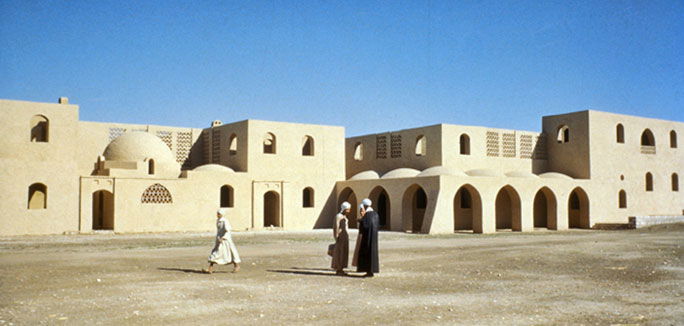
1. Introduction
Architecture is not created in a vacuum. It is shaped by geography, culture, climate, and available materials. This is the essence of regional vernacular architecture. These are the traditional building methods and styles that have evolved in response to local conditions, honed over generations before globalization and modern construction methods took center stage. For recent architecture graduates entering professional practice, understanding regional vernacular is critical. Not only does it deepen design sensitivity, but it also promotes sustainable, culturally grounded, and context-responsive architecture. This article provides a comprehensive guide to vernacular traditions around the world and how they inform—and can be integrated into—modern architectural practice.
2. Defining Regional Vernacular Architecture

Vernacular architecture
refers to structures built using traditional methods, based on local needs, available materials, and cultural practices. Unlike formal, academic architecture, it is not the product of licensed professionals, but rather community knowledge passed down over time. Key characteristics include:
- Adaptation to climate and geography
- Use of locally available materials
- Constructive simplicity and efficiency
- Cultural symbolism and traditional forms
Redefined in modern practice, vernacular architecture becomes a source of inspiration—offering valuable lessons in sustainability, resilience, and community identity.
Pro Tip: When designing in a new region, study traditional housing types first. They often offer passive cooling, water management, and spatial strategies suited to local conditions.
3. Historical Context and Evolution
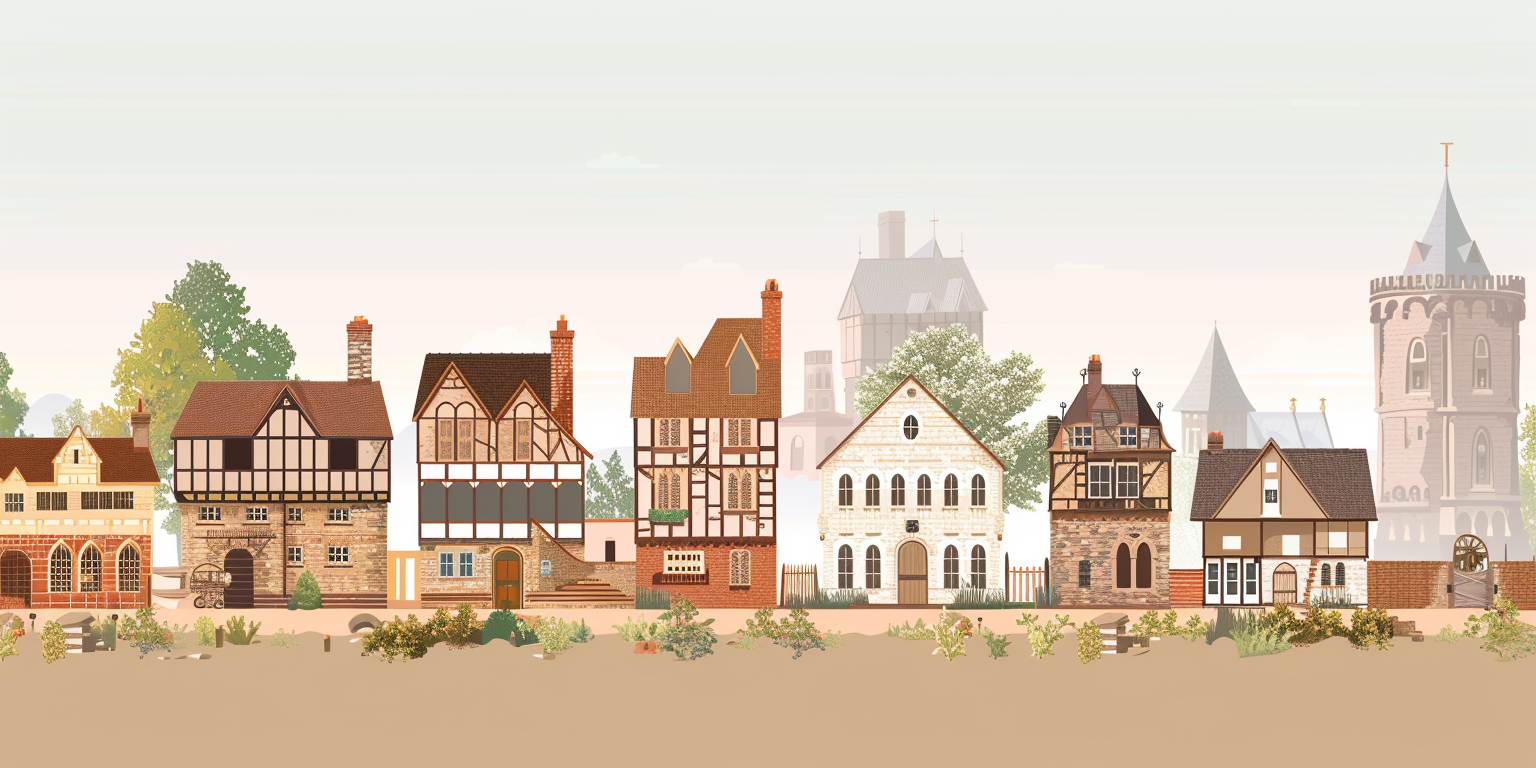
Vernacular architecture developed over centuries as a response to specific local conditions. For instance:
- Middle Eastern courtyards create internal microclimates for cooling
- European half-timber construction offered a fast, economic frame system
- Sub-Saharan earth homes regulate temperature through thermal mass
With industrialization and colonialism, many vernacular traditions were displaced or erased, replaced by Western models. The 20th century Modernist movement further rejected ornament and tradition. Today, however, contemporary architects are re-engaging with these roots for their functional and ethical value.
Pro Tip: Modernism rejected the past, but contemporary practice can embrace it. Hybrid approaches can blend modern needs with vernacular wisdom.
4. Core Principles of Vernacular Architecture
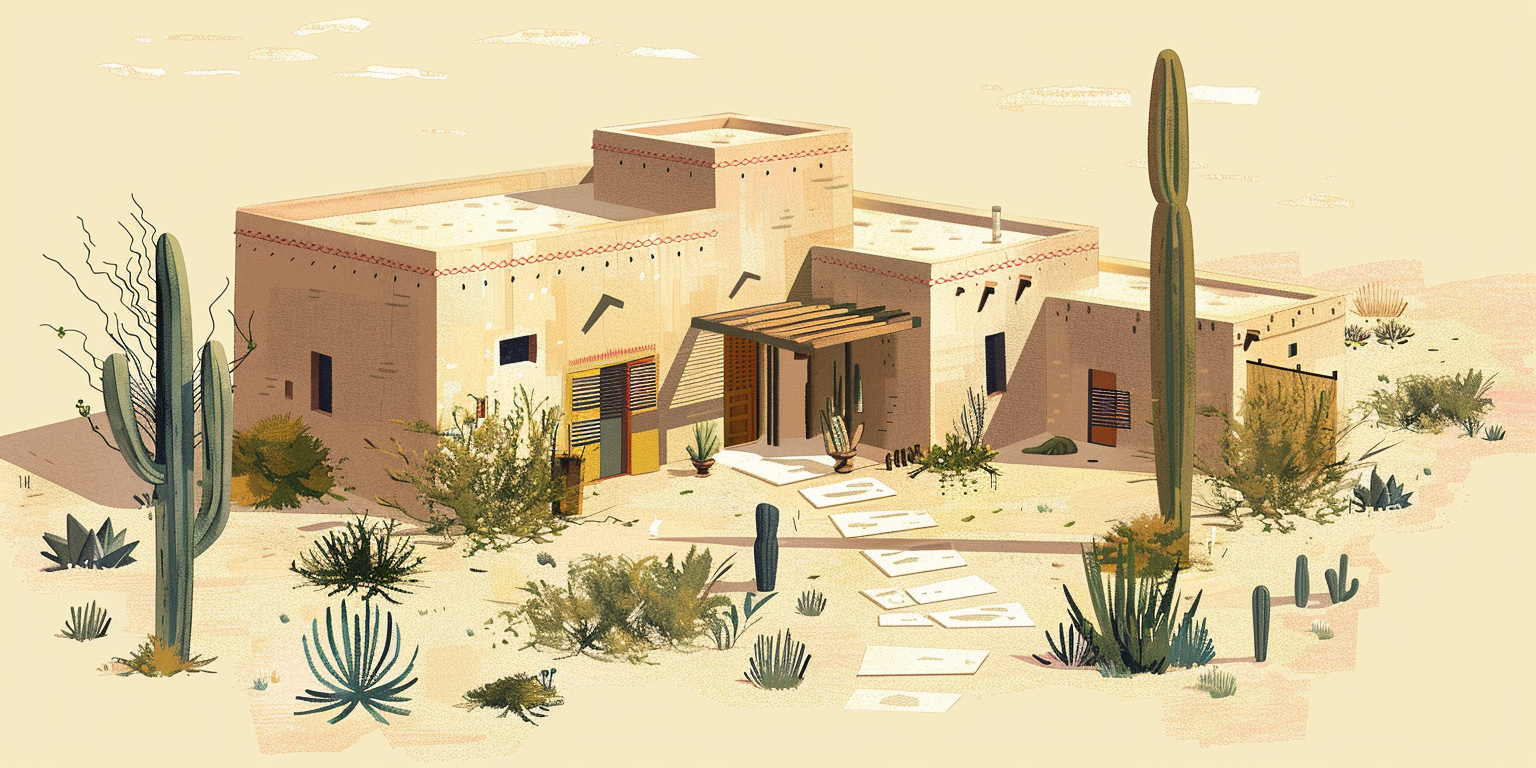
To integrate regional traditions into design, architects must understand the principles:
- Climatic Responsiveness: Using passive strategies (e.g., thick walls in deserts)
- Cultural Relevance: Forms and spatial organizations reflect local values
- Material Honesty: Buildings made of what is locally available and renewable
- Craftsmanship: Techniques passed down through generations
Pro Tip: Don’t just copy forms; understand the rationale behind them. Ask: Why is this shape or material used here?
5. Case Studies of Vernacular-Inspired Architecture
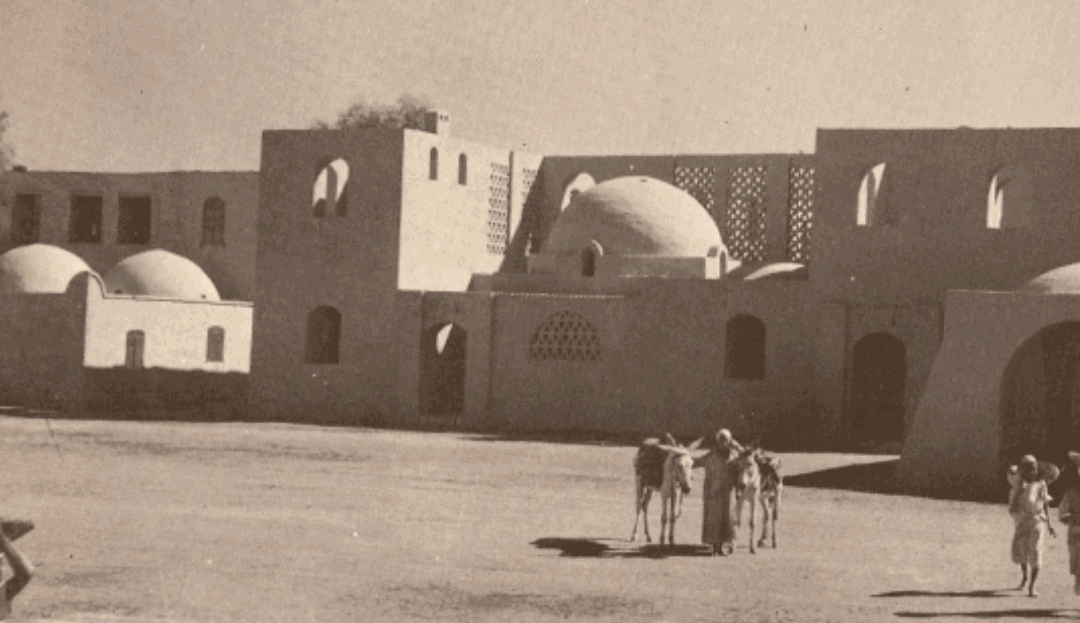
A. Hassan Fathy’s New Gourna Village, Egypt.
Fathy designed using traditional Nubian vault construction and adobe, empowering locals to build their homes. His approach emphasized local labor, climatic design, and affordability.
- Lesson: Use of indigenous knowledge empowers communities and fits the environment
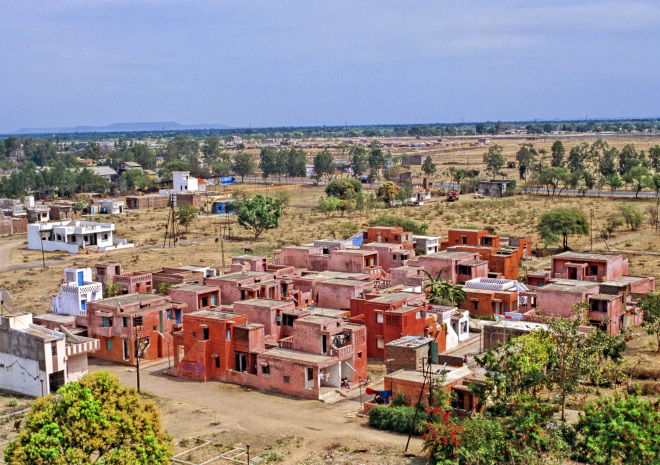
B. Aranya Housing Project by B.V. Doshi, India.
Doshi adapted vernacular courtyard and street patterns for low-cost housing.
- Lesson: Context-sensitive layout improves social interaction and environmental performance

C. The Makoko Floating School by NLÉ (Nigeria).
Built in a water-logged area, this school adapted vernacular stilt house logic using modern materials.
- Lesson: Blending tradition with innovation for environmental adaptation
6. Practical Integration in Contemporary Practice
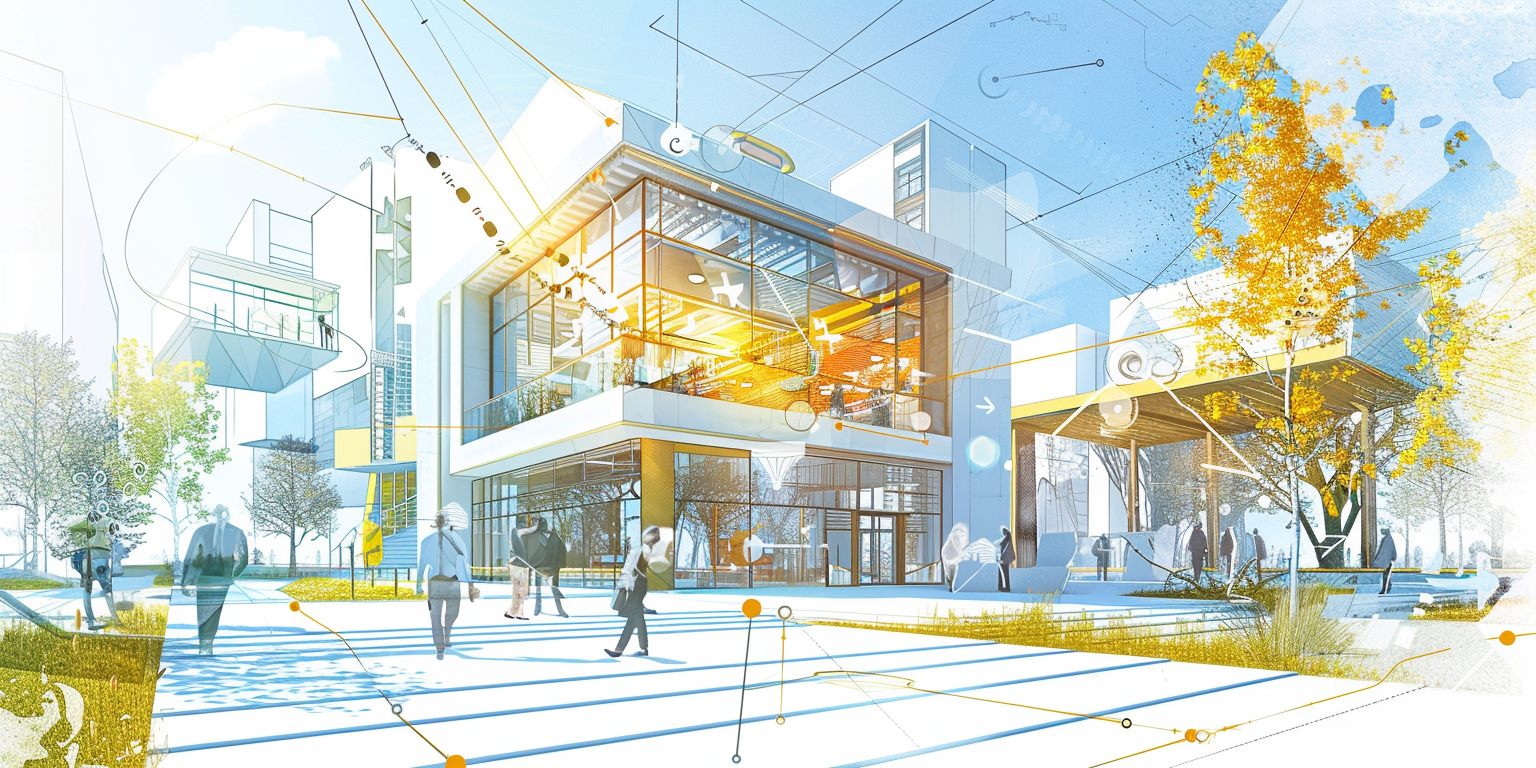
Graduates can use regional vernacular principles in:
- Site analysis: Understand wind, sun, and social dynamics
- Material selection: Use locally sourced and sustainable materials
- Spatial planning: Reflect traditional space hierarchies and social practices
- Design detailing: Incorporate traditional craft and construction techniques
Modern interpretations don’t need to mimic the past but can use its logic.
7. Technical Considerations and Industry Standards
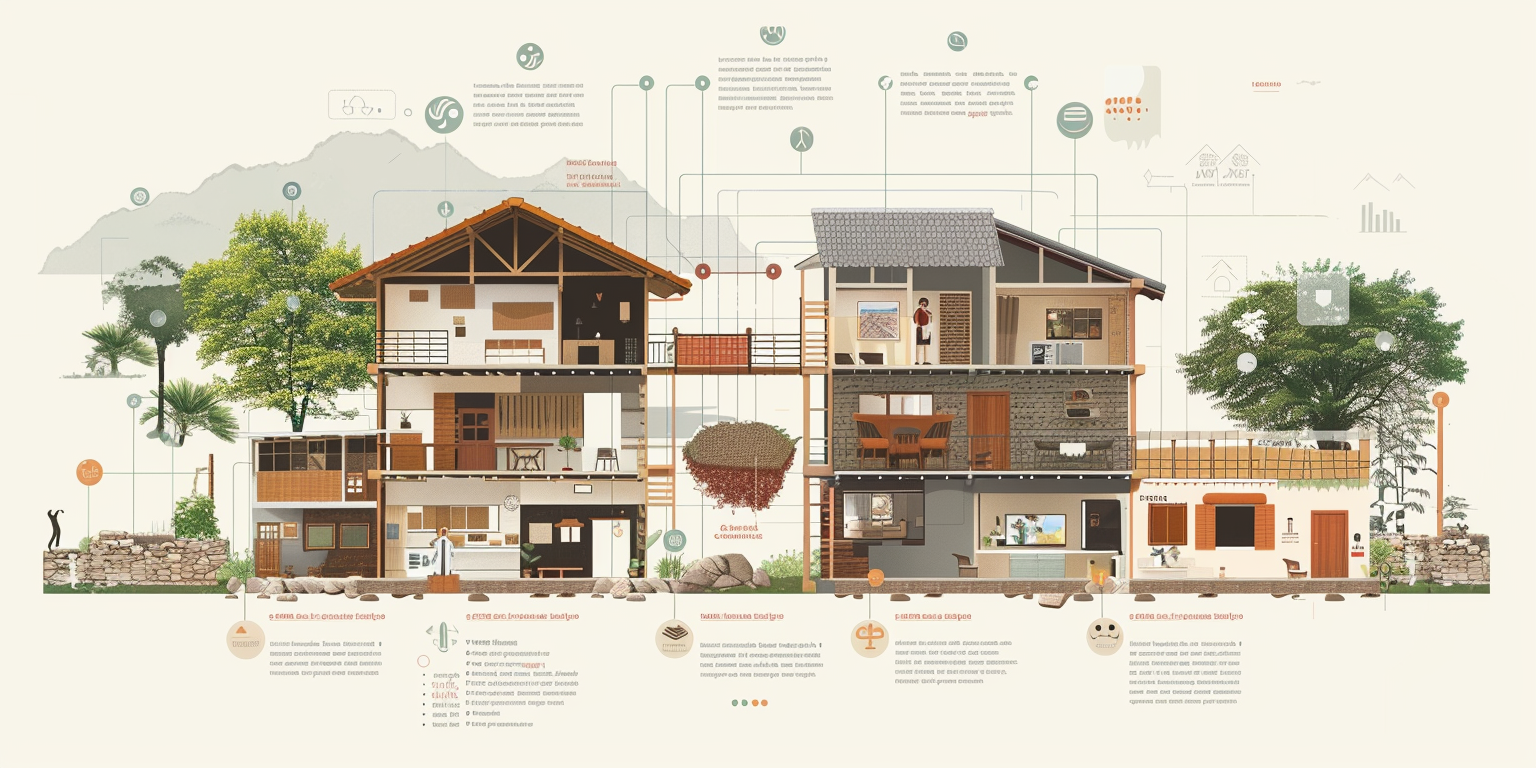
When incorporating vernacular elements, be mindful of:
- Building codes: Traditional materials may need testing to meet safety standards
- Sustainability metrics: Use of local materials reduces embodied carbon
- Structural integration: Ensure compatibility with modern load-bearing and service systems
Organizations like INTBAU and ICOMOS offer standards and resources on traditional and sustainable architecture.
Pro Tip: Vernacular techniques can be enhanced with modern technologies—e.g., stabilizing adobe with natural additives.
8. Mistakes to Avoid and How to Fix Them
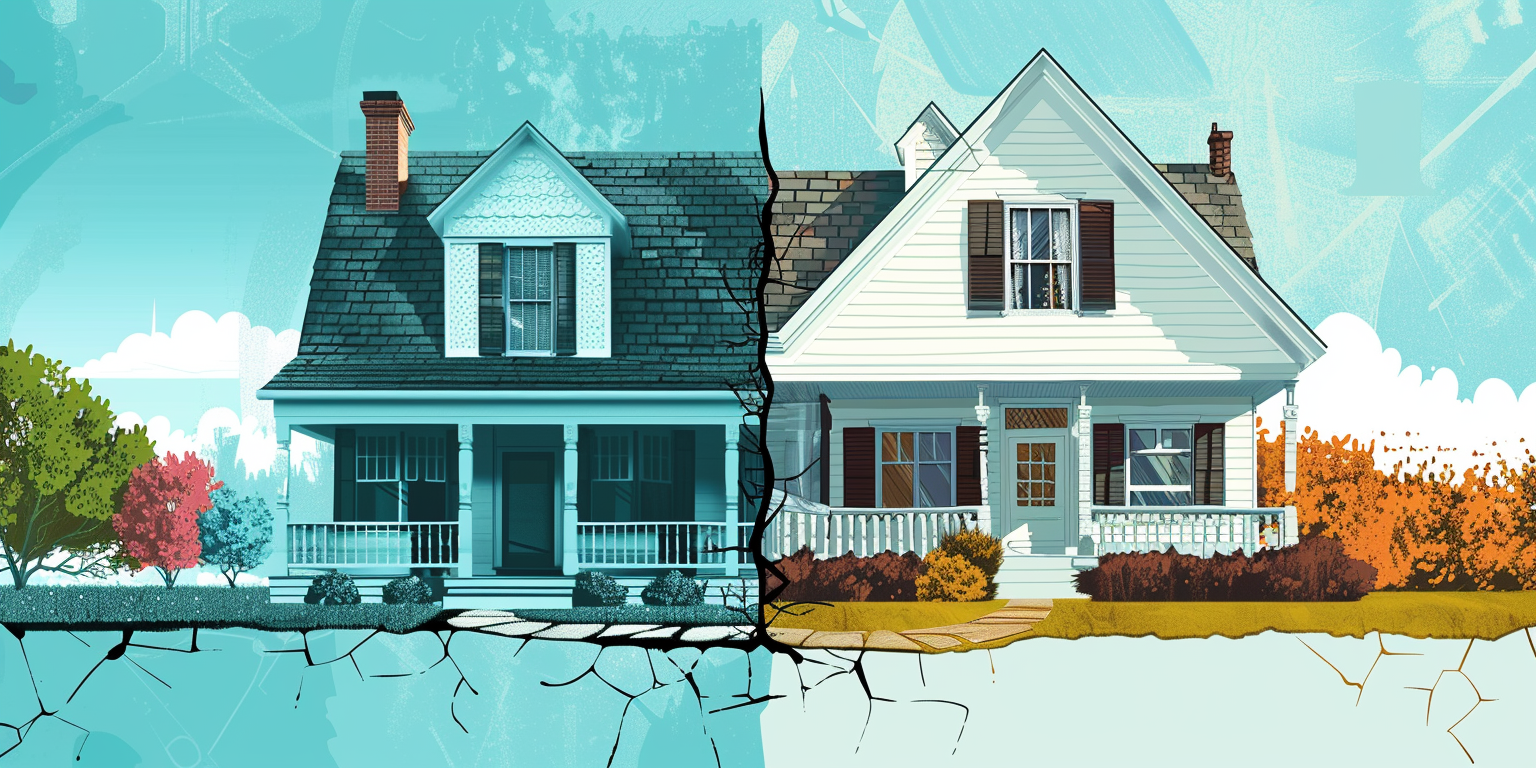
- Romanticizing without understanding function: Study the logic
- Over-simplifying details: Craft and precision matter
- Ignoring modern needs: Balance nostalgia with contemporary living
Solutions:
- Engage local builders
- Prototype with traditional materials
- Iterate designs through community feedback
9. Resources and Tools

- Books: "Architecture Without Architects" by Bernard Rudofsky
- Databases: Archnet.org for Islamic and regional architecture
- Organizations: INTBAU, ICOMOS, CRAterre
- Software Tools: Climate analysis tools (e.g., Climate Consultant), parametric modeling for passive strategies
10. Conclusion:

Regional vernacular architecture is more than a nostalgic aesthetic; it is a repository of sustainable, context-sensitive wisdom. For recent graduates, learning from these traditions bridges the gap between theory and practice. By observing and adapting local practices, future architects can create spaces that are not only functional and beautiful but also culturally and environmentally responsible. The future of architecture lies not in forgetting the past but in building from it with relevance and innovation.